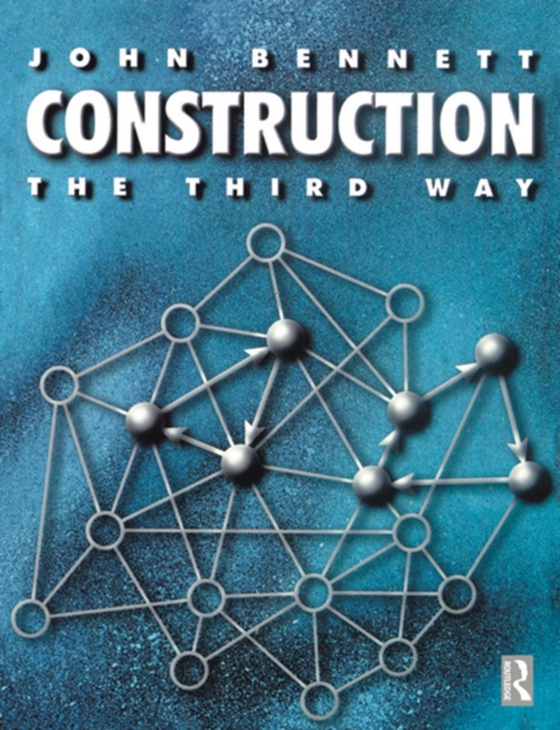
Construction the Third Way e-bog
546,06 DKK
(ekskl. moms 436,85 DKK)
This book describes current best practice in managing construction. It is based on case studies of leading practice responding to demands from customers that construction match the value and quality that international competition is forcing on their own businesses. The case studies show that major customers now partner with construction firms to find more efficient ways of working. The resultin...
E-bog
546,06 DKK
Forlag
Routledge
Udgivet
5 november 2013
Længde
228 sider
Genrer
Architecture: professional practice
Sprog
English
Format
pdf
Beskyttelse
LCP
ISBN
9781135388225
This book describes current best practice in managing construction. It is based on case studies of leading practice responding to demands from customers that construction match the value and quality that international competition is forcing on their own businesses. The case studies show that major customers now partner with construction firms to find more efficient ways of working. The resulting best practice adds to these cooperative approaches a drive for efficiency and innovation based on benchmarks of world class performance that empower teams to set themselves competitive targets. So the new approach balances cooperation and competition.This is why Professor John Bennett's book is called 'Construction: The Third Way.' The third way in modern politics balances the extremes of cooperation and competition in the interests of the whole community. At its best it encourages sustainable economic growth within a fair society. These aims are echoed in leading practice where teams able to balance cooperation and competition deliver better value for their customers and yet earn sustainably higher profits for construction.The new approach requires managers to rethink construction using ideas from fundamental science that see human organizations as self-organizing networks of relationships. This throws new light on the strengths and weaknesses of both competition and cooperation, and provides the basis for a new paradigm to guide key construction decisions. The book describes this background and provides advice about organization structures that are responsive to changing markets and technologies, and construction processes that enable the industry to earch fair profits by providing customers with the levels of value and quality they now demand.
 Dansk
Dansk

